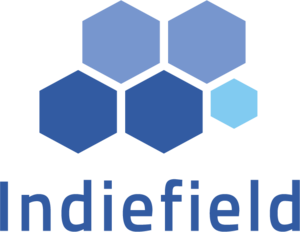Sponsors recover from World Cup ambush
While the questions about formations are asked and managers draft their resignation letters, another type of enquiry is going on in the boardrooms of the companies that have ploughed large sums of money into the 2010 World Cup to become official partners or sponsors. “Has it worked?” they’ll ask.
Big brands arrived in South Africa having spent top dollar on securing their place as sponsors and received backing in the form of new legislation that restricted the sale of ‘non-sponsor’ products at grounds and within a certain distance of the stadiums.
With this sort of support in place the likes of Budweiser, Adidas and Coca-Cola couldn’t lose – or could they? Any football fan will tell you that there is always a shock result in the early stages of the World Cup, whether it’s Cameroon beating Argentina in Italia 90, an England goalkeeper spilling a weak American shot into his own net or any number of tiny principalities or republics beating Scotland.
This year this tradition played out in the marketing game too, as non-sponsor companies Nike and Bavaria stole the limelight with their epic adverts and orange dresses.
Research from NM Incite, a Nielsen and McKinsey joint venture showed that in the build-up to the World Cup Nike stole a march on the official sponsors in the online buzz stakes, claiming 30.2% of World Cup-related messages, twice as many as its rival Adidas.
However, the research shows that after the first two weeks of the tournament Adidas had increased its share of buzz from 14.4% to 25.1% while Nike has seen its share fall to 19.2%.
On the beer front Budweiser saw off early ambushes from Carlsberg’s rather spooky advert and Bavaria’s girls in orange dresses to become the most talked about brand, claiming 4.9% of online buzz compared to Carlsberg’s 2.4%.
NM Incite compiled a list of the top ten most talked about brands after the first two weeks of the tournament and, to continue the footballing analogy, the big boys have done well and are progressing nicely, despite the earlier blips.
Adidas, in part because of the conversations about its controversial Jubilani ball, tops the list with 25.1% of World Cup-related buzz, followed by Nike ( 19.4 ), Coca-Cola ( 11%) and Sony ( 9.8 ). In fact, of the top ten most talked about brands, only three – Nike, Pepsi and Carlsberg – are not official World Cup sponsors or partners.
So it would seem that the investment has paid off for the official partners, but the ambush companies can feel satisfied with their performances too. They arrived in South Africa with no expectations and shook some of the bigger players with their early displays and can definitely leave with their heads held high.
There is one interesting footnote to this story that might affect Nike’s performance should they ever try a similar campaign to this year’s ‘Write the Future’. The players featured in the campaign all had a World Cup to forget, if they even made it there in the first place.
Brazil’s Ronaldinho and England’s Theo Walcott feature heavily and were not named in their country’s squads while the stars of the ad – Rooney (England), Riberry (France), Cannavaro (Italy), Drogba (Ivory Coast) and Ronaldo (Portugal) – all performed well below par and were on early flights home after they were knocked out.

We hope you enjoyed this article.
Research Live is published by MRS.
The Market Research Society (MRS) exists to promote and protect the research sector, showcasing how research delivers impact for businesses and government.
Members of MRS enjoy many benefits including tailoured policy guidance, discounts on training and conferences, and access to member-only content.
For example, there's an archive of winning case studies from over a decade of MRS Awards.
Find out more about the benefits of joining MRS here.










0 Comments